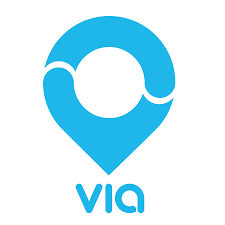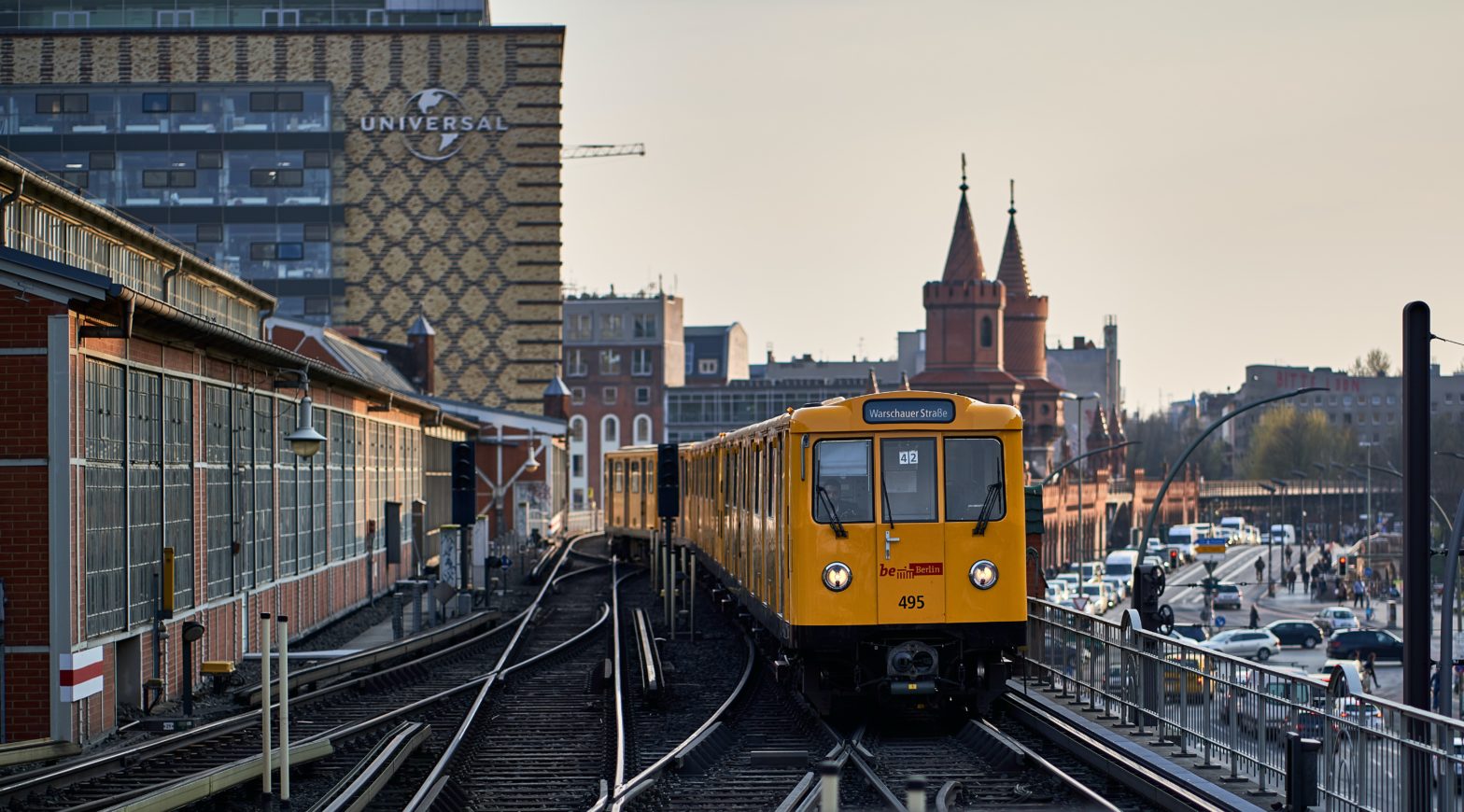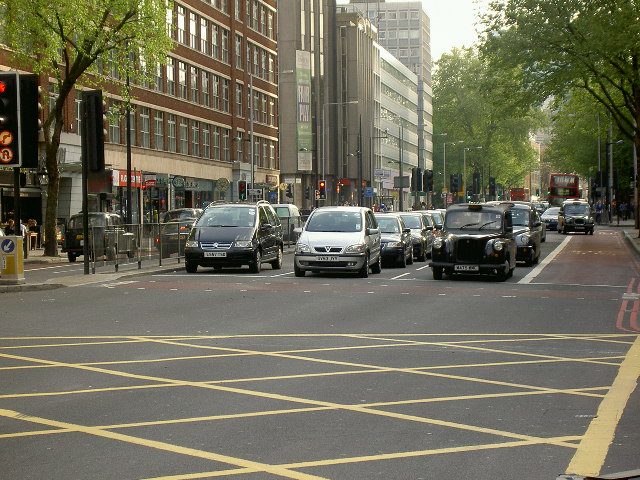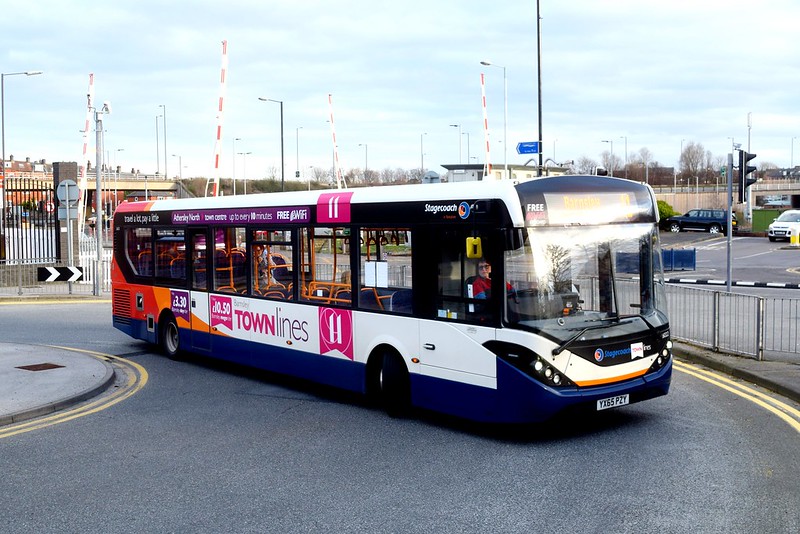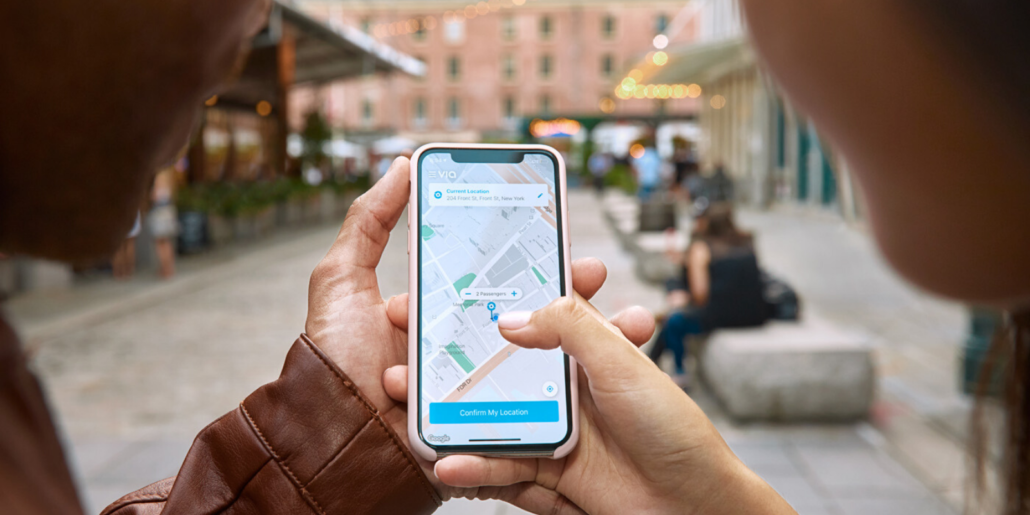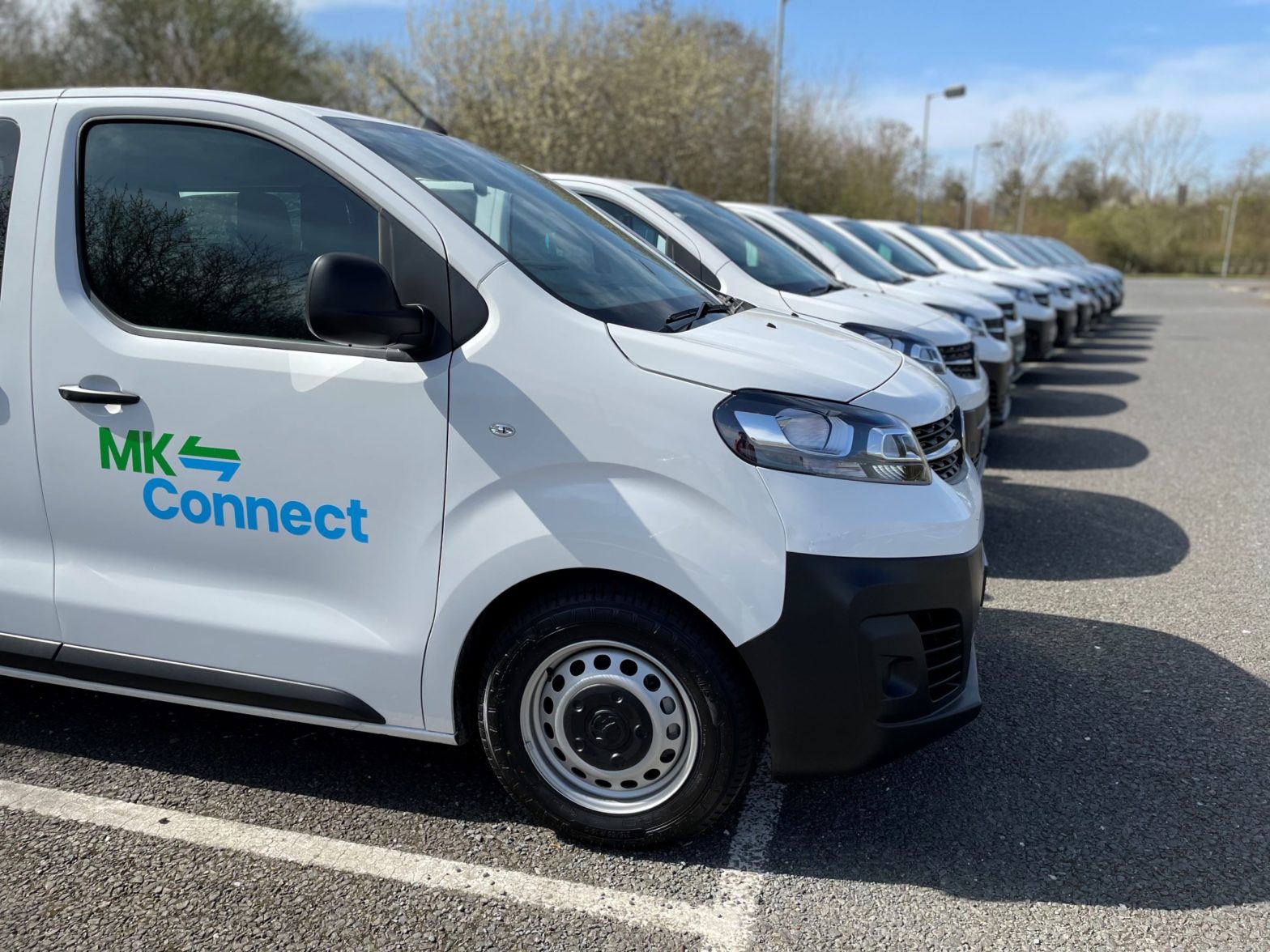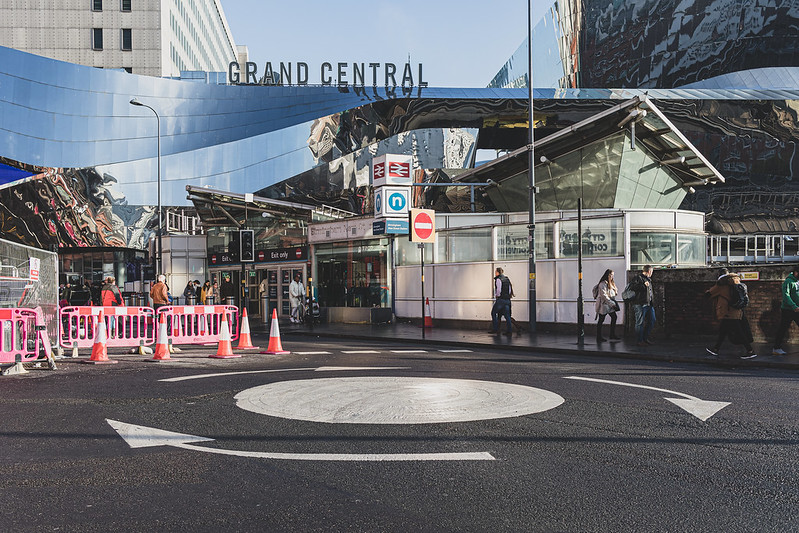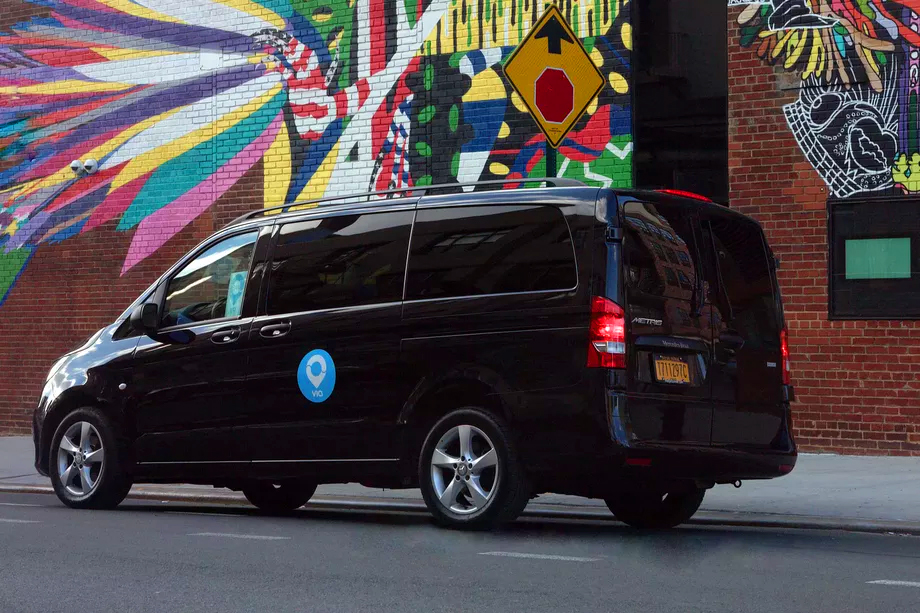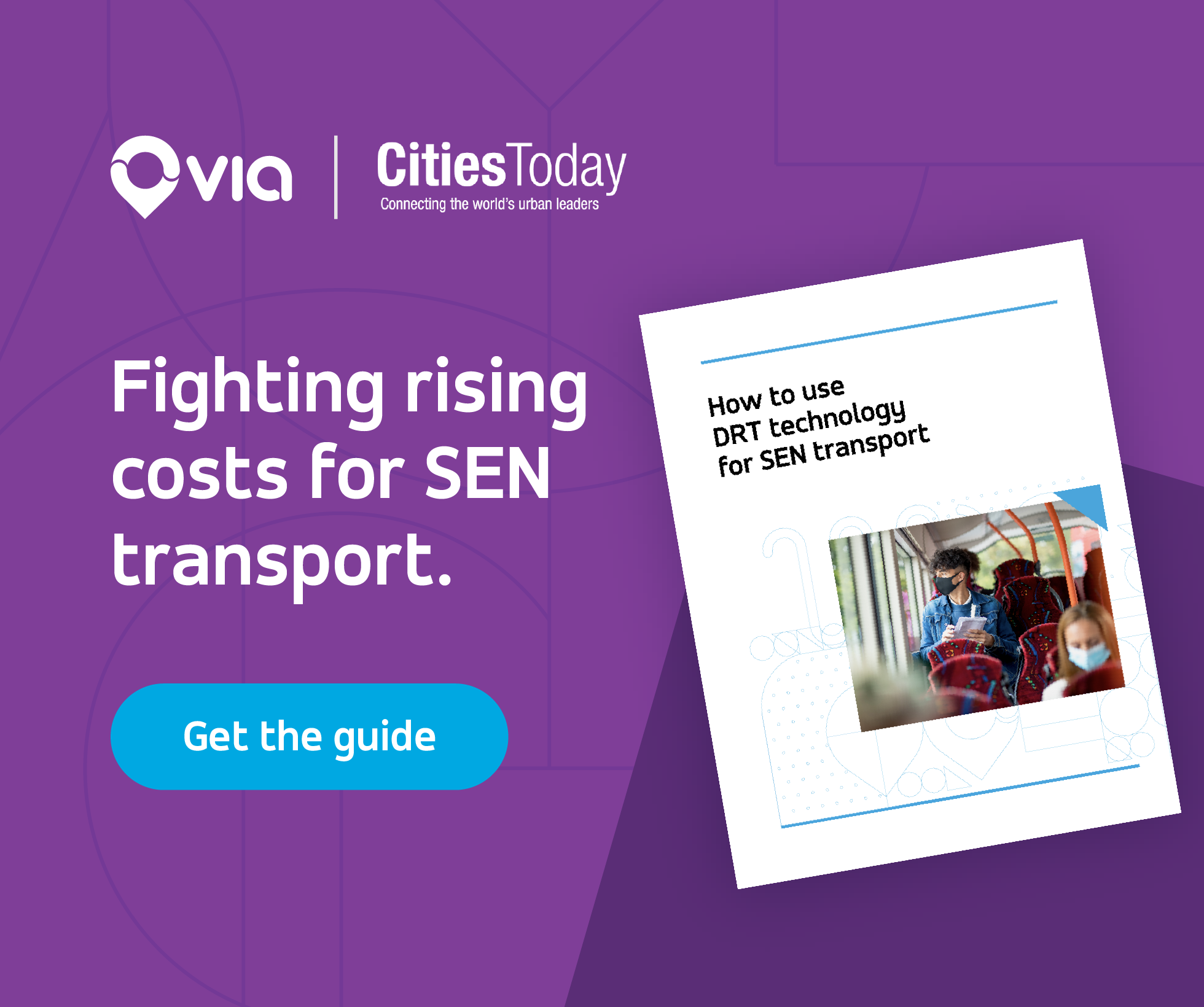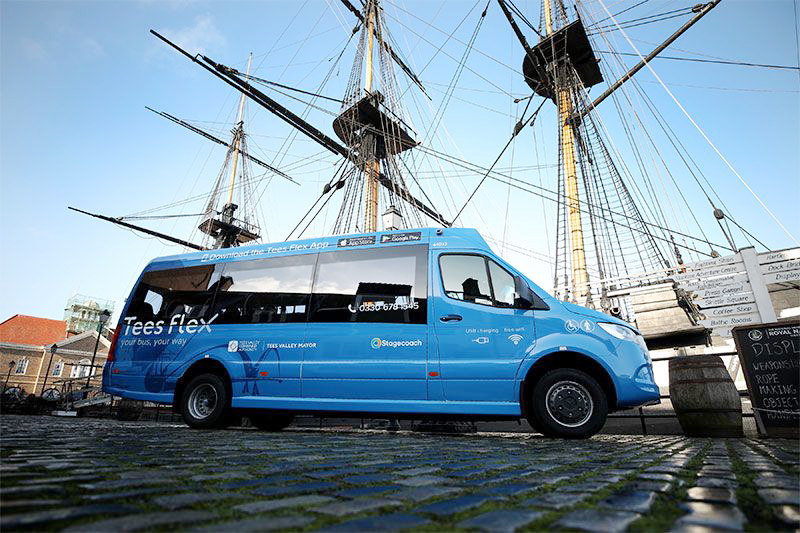
Photo: Via
Adapting mobility hubs to rural communities with transport tech
18 May 2023
Mobility hubs have been touted as the ‘go-to solution’ for multimodal travel, but to date the focus has often been on cities – leaving out a huge swath of the population.
Rural communities form an essential part of society, contributing £261 billion (US$325 billion) to the UK economy every year. But despite their importance, the people that live in these rural areas face a varied set of challenges, many caused or exacerbated by poor access to transport.
This lack of accessibility to key services such as schools and healthcare facilities is frequently cited as a major issue, with average travel time to these amenities almost twice as long as in urban areas.
The creation of rural mobility hubs, or local centres that bring together public transport, technology and a wide range of services in one place, could be one solution.
These differ from urban mobility hubs in that they would likely provide a wider range of services, such as education facilities, healthcare, delivery lockers, 5G, and EV charging points.
We have already seen how integrating different modes of transport with digital technologies can be transformative in cities, and this same strategy has the potential to be adapted to rural needs.
Digital demand-responsive transport (DDRT) specifically can be the answer to the age-old question of how to deal with a low volume of passengers who need the same access to services as city dwellers.
Tees Flex
In early 2020, Stagecoach Group – the UK’s largest bus and coach operator – partnered with Via to deploy an on-demand transport system in Tees Valley, a rural, industrial region in Northeast England.
Looking to unlock and increase connections in more rural areas, the Tees Flex on-demand service launched in three zones: Darlington and Stockton, Hartlepool, and Redcar and Cleveland.
Passengers can request on-demand or pre-booked rides within the service areas and travel to destinations outside the designated zones, including train stations, hospitals, and the airport.
Booking is available through a smartphone app, via a website, or over the phone, and all vehicles are wheelchair-accessible.
“It’s more important than ever that people can access health services, get to the supermarket or to the local jobs and training opportunities we are creating for local people in Teesside, Darlington and Hartlepool,” said Ben Houchen, Mayor of Tees Valley.
“Now they can do all that with a touch of a button – with more locations making the service even more useful and convenient for everyone in our region.”
The service proved so effective that it quickly attracted a large user base with more than 11,000 users and 90,000 completed rides. It now averages over 1,500 rides per week.
In February 2021, it was expanded and adjusted in just 24 hours to include the Darlington arena and provide rides to and from this site when it operated as a mass vaccination centre.
“Our partnership with Stagecoach and Tees Valley is a tremendous example of how private-public sector collaboration can transform a rural community’s access to jobs, healthcare, and educational centres,” said Via’s European CEO, Chris Snyder. “Rural areas have long suffered from poor access to public transport, which makes them critical drivers of innovation when it comes to mobility services.”
Speedy launch
Tees Flex is now one of a large number of rural digital demand-responsive transport services Via has launched around the UK. A similar service in the Kent town of Sevenoaks also yielded successful results.
The bus operator Go-Coach previously oversaw a fixed-route network in the town, with many routes running once an hour and some specific routes stopping in rural areas just once per week.
In an effort to serve more residents with greater frequency, the operator was preparing to add a demand-responsive transport (DRT) service to its network. But when COVID-19 hit, Go-Coach experienced a 90 percent drop in ridership.
This presented a problem: they couldn’t completely cut service because Sevenoaks residents still needed a safe and reliable way to travel to and from essential services, but Go-Coach needed to make swift changes to reduce costs.
With Via’s help, they went back to the drawing board and accelerated the launch of the planned digital DRT service by two months, focusing it on essential trips for those who needed to safely move around during the pandemic, including health workers going to local hospitals.
During the pandemic, Go-Coach has been able to reduce the number of necessary buses by up to 80 percent, replacing seven of their existing fixed lines with on-demand vehicles. The service is booked through the Go2 app and it’s available at a similar fare to a regular bus.
“Via’s technology just works. It works for the public, it works for the operators, it works for the drivers. They all really, really like it,” said Austin Blackburn, Managing Director, Go Coach, UK.


